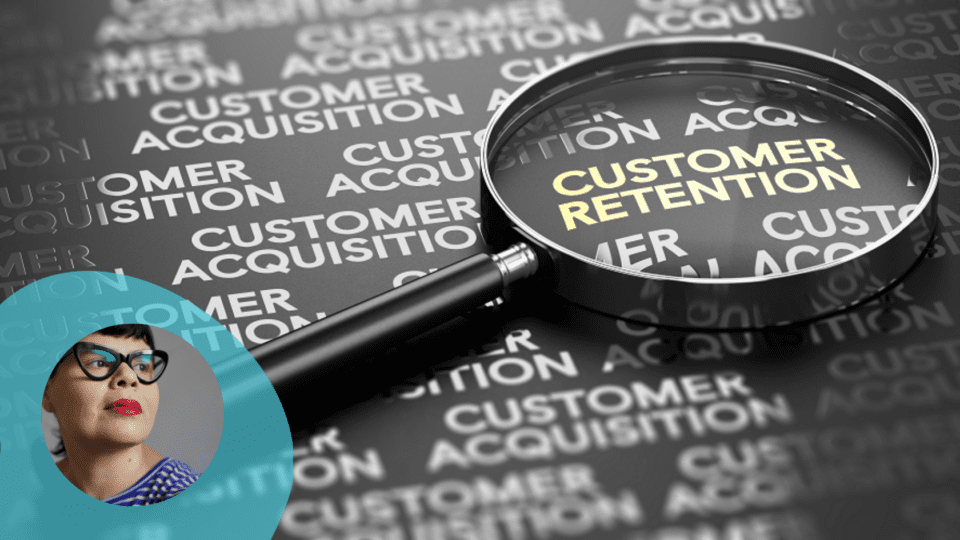If anything, my 26 years of retail experience have shown that customer acquisition is initially the central purpose of any budding retail/ecommerce brand and continues to be an important factor for established businesses.
According to Marcin Chruszcz, Account Manager at ExpertSender, 80% of revenue typically comes from the 20% most engaged customers. What’s even more interesting is that just a 5% increase in retention can increase revenue by 125%, and that 5% of your repeat customers can generate up to 40% of your revenue, he said.
All retail businesses have to be responsive to their customers, even when they think they know better, as we’ve seen in the case of Abercrombie & Fitch. A&F once touted an aspirational image of upper-crust America and private school education. Former A&F CEO Mike Jeffries once famously said, “Candidly, we go after the cool kids. We go after the attractive all-American kid with a great attitude and a lot of friends. A lot of people don’t belong in our clothes, and they can’t belong.”
This attitude brought about sexually charged and controversial business practices that eventually alienated not only the company’s employees but its customers as well, leading to immense backlash from which A&F is still recovering. They did not listen to the people closest to them.
The Beating Heart of Your Retail Business
After the initial startup phase, most retailers still primarily allocate an average of 80% of their marketing budgets to customer acquisition — to the potential detriment of their relationships with returning customers, who make up the highest percentage of brick-and-mortar and digital stores’ revenues. In fact, at least 41% of an ecommerce store’s revenue is typically generated by only 8% of its customers, according to Adobe’s 2021 Digital Economy Index.
I get it. You’re probably thinking that if I spend most of my marketing budget and efforts on getting new customers through the door, some of them will naturally become repeat customers, but this is an antiquated concept that needs to be reexamined.
Customer retention is the pulse of a retail business. Repeat customers are 9X more likely to convert than a first-time shopper, are cheaper to advertise to, and are more likely to try new products and services from your brand. It is also six to seven times more expensive to find a new customer than to keep an existing one.
Hook ‘Em for the Long Haul
Once a customer is hooked, they will continue to do business with you rather than switch to a competitor. Returning customers generate increasing profits each year that they stay with a company and tend to buy more from a company over time. As they do, your operating costs to serve them decline. Returning customers also refer others to your brand through word of mouth and testimonials, which are a persuasive, cost-effective method of customer acquisition.
For example, more than half of eBay’s customers come from customer referrals. In fact, a 2000 Harvard Business School report found that eBay spent less money supporting referrals than other retailers spent on advertising and other marketing efforts.
If you establish a strong customer base, you can analyze their varying levels of engagement to anticipate their shopping behaviors and gain a foothold on what new customers are also looking for. This can help you build a long-lasting, sustainable retail business.
Aimée Lopez is a retail copywriter and strategist with 26 years of retail experience. Using persuasive tactics based on consumer behavioral psychology, she turns your passersby into customers with the power of words. As the owner of Copy Unleashed, she oversees product copy for five divisions of a brand with product sales from 2,250 shops in 99 countries. She also advises on retail brand and operational strategies. Originally from New York City, she now resides in London.




